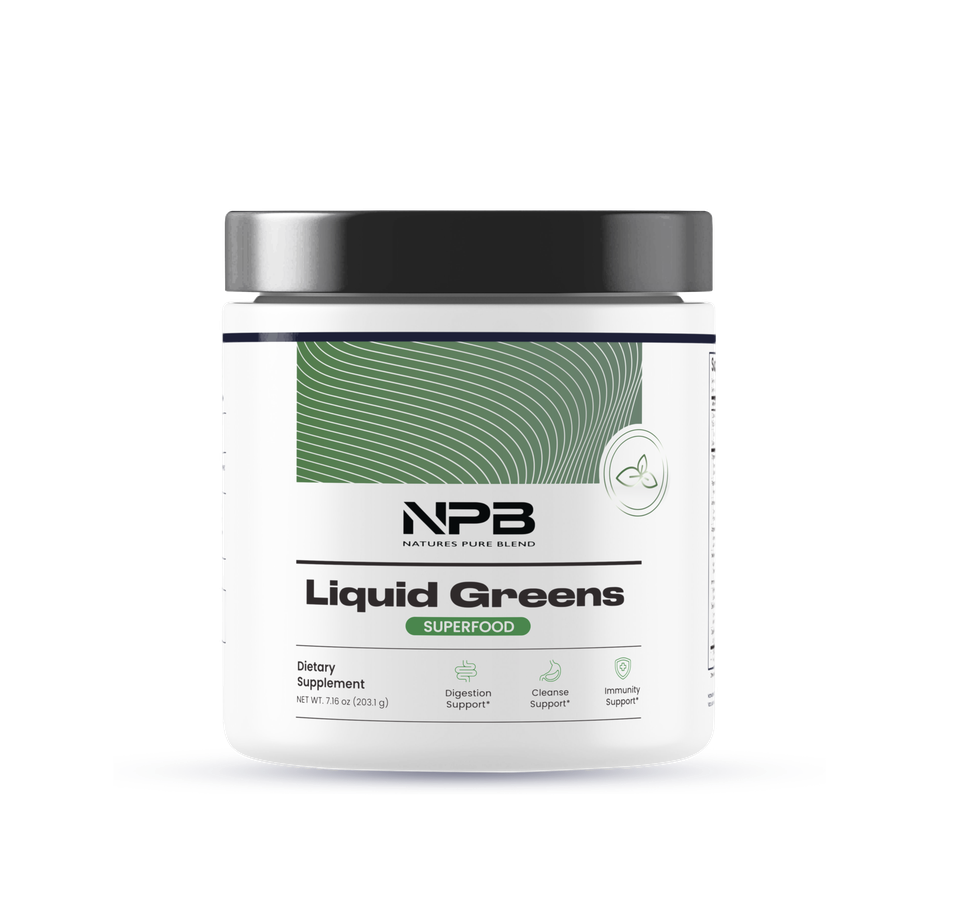Free Shipping On All Orders $99+
10 Hidden Toxic Ingredients In Food Labels To Avoid
Do you really know what's in the food you're eating? Food labels can be confusing, with many harmful ingredients hidden behind scientific names. Understanding these hidden toxic ingredients is crucial to protecting your health and making informed choices. Here are 10 toxic ingredients you should avoid on food labels:
1. High-Fructose Corn Syrup (HFCS)
High-fructose corn syrup is a sweetener commonly found in sodas, candy, and processed snacks. It's linked to obesity, diabetes, and fatty liver disease. HFCS spikes blood sugar levels, leading to insulin resistance and other health issues. 1
What to watch for: Corn syrup, high-fructose corn syrup, or HFCS.
2. Artificial Sweeteners (Aspartame, Sucralose, Saccharin)
While artificial sweeteners are often marketed as "sugar-free" or "low-calorie" alternatives, they can disrupt your metabolism, increase sugar cravings, and may even be linked to certain neurological problems. 2
What to watch for: Aspartame, sucralose, saccharin, acesulfame potassium.
3. Trans Fats (Partially Hydrogenated Oils)
Trans fats are artificial fats used to extend shelf life and improve texture in processed foods. They raise bad cholesterol (LDL), lower good cholesterol (HDL), and increase your risk of heart disease. 3
What to watch for: Partially hydrogenated oils, vegetable shortening, margarine.
4. Monosodium Glutamate (MSG)
MSG is a flavor enhancer commonly used in soups, processed meats, and snacks. It has been linked to headaches, nausea, and other adverse reactions, including potential neurotoxicity and overeating due to its effect on brain receptors. 4
What to watch for: Monosodium glutamate, glutamate, hydrolyzed vegetable protein, autolyzed yeast extract.
5. Sodium Nitrates and Nitrites
Found in cured meats like bacon, sausages, and hot dogs, nitrates and nitrites preserve color and prevent bacterial growth. However, they can form harmful compounds when exposed to high heat. 5
What to watch for: Sodium nitrate, sodium nitrite, cured or smoked meats.
6. Artificial Colors
These synthetic dyes are added to enhance the color of candies, snacks, and drinks but have been linked to hyperactivity in children, allergic reactions, and even an increased risk of diseases. 6
What to watch for: FD&C Red No. 40, Yellow No. 5, Blue No. 1, and other numbered dyes.
7. Butylated Hydroxyanisole (BHA) and Butylated Hydroxytoluene (BHT)
BHA and BHT are preservatives used in cereals, snacks, and oils to prevent rancidity. Both are suspected carcinogens and may cause liver damage over time. 7
What to watch for: BHA, BHT, TBHQ (tertiary butylhydroquinone).
8. Propyl Gallate
Used as a preservative in meat products, soups, and chewing gum, propyl gallate has been linked to potential carcinogenic effects and endocrine disruption. 8
What to watch for: Propyl gallate on its own or alongside BHA and BHT.
9. Carrageenan
Carrageenan is a thickener and stabilizer used in dairy products, almond milk, and processed meats. While derived from seaweed, it can cause inflammation, digestive issues, and potentially increase the risk of certain diseases. 9
What to watch for: Carrageenan in processed dairy alternatives and meats.
10. Potassium Bromate
Used in bread and bakery products to improve texture and rise, potassium bromate has been banned in several countries due to its cancer risk. It’s known to damage the kidneys and can lead to other health problems when consumed regularly. 10
What to watch for: Potassium bromate or bromated flour in bread, rolls, and baked goods.
Final Thoughts
Being aware of these hidden toxic ingredients can help you make healthier choices when shopping for food. Next time you're reading a label, take an extra moment to look for these harmful additives. Your long-term health will thank you. Stay informed, and don’t let tricky food labels catch you off guard. Opt for whole, natural foods as much as possible and steer clear of processed products packed with toxic ingredients.
Get Your Superfoods & Support A Healthy Digestive + Immune System + Cleanse From Harmful Toxic Chemicals!*
Join Our Community Of Health Lovers & Get Special Deals
Receive study-backed health tips, exclusive email deals, and more.
†Disclaimer: These statements have not been evaluated by the Food and Drug Administration. These products are not intended to diagnose, treat, cure or prevent any disease. Product results may vary from person to person.


